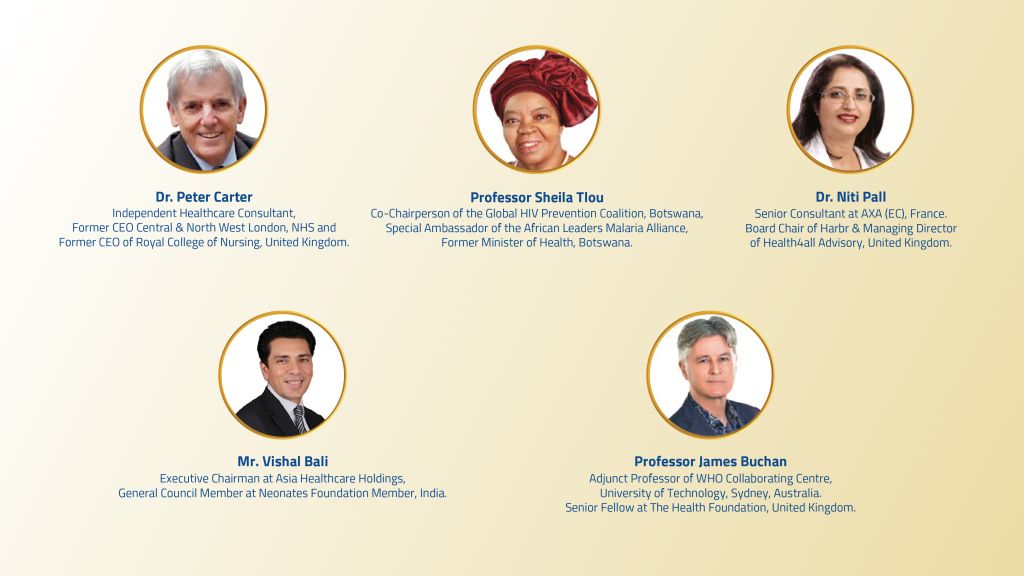Shri Dr. Tarun Bajaj, Director ,APEDA, while addressing the industry stakeholder at the MILLETS: Power House of Nutrition Round Table Interactive Meet, held at PHD house, today, deliberated on how the crop area under millet production have been shrinking but on the demand side, the market scenario for Millet is very positive.
APEDA is preparing a perspective action plan to increase the exports of Millet in the next five years, i.e. 2021 – 2026 and also to increase the export footprint from 50 – 100 countries in the coming years, said Mr Bajaj
Mr Bajaj mentioned that APEDA is already working towards development of strategies that will help increase overall agricultural exports to the countries other than the top buyers.
Mr Bajaj also spread some light on the countries which are importing Millet such as Indonesia, Belgium, Japan, Mexico, Italy and Brazil and he mentioned that India is totally non-existent in these markets as we are yet to start our exports to these countries.
Shri. Minaz Minhaj Alam, IAS, Additional Secretary, MOFPI, congratulated PHDCCI for organising an event on Millets and said that India yet needs to be well positioned in the Millet’s sector.
Deliberating on the working of MOFPI towards encouraging the Millet’s producers all over India, Mr Alam, mentioned that the PLI scheme will increase the usage of millets in food products and promote its value addition, along with throwing light on the various schemes MOFPI and their implementation.
The Large Entity Scheme under PLI, gives sales based incentives to the applicants having minimum sale of all food products to Rs 250 crores and MSMEs scheme under PLI gives incentives for having a minimum Rs 2 crore sales, said Mr Alam
Mr. Shri Pradeep Multani, President, PHDCCI, mentioned that India is the world's leader in the production of millets with a share of around 40% of the world’s total production. India produces around 16 million MT of Millets annually. India is the 2nd largest exporter of Millets.
Millets exports from India have continuously increased at 12% CAGR in the last 3 years. The millets market is set to grow from its current market value of more than $9 billion to over $12 billion by 2025, added Mr Multani
The Indian policymakers have refocused their attention towards millet farming systems and enacted policies to create enabling environment for the farmers, like the Intensive Millets Promotion (INSIMP), PLI Scheme for Food Processing Industry and The Pradhan Mantri Formalization of Micro food processing Enterprises (PMFME) Scheme, among others, said Mr Multani
Mr. Shri Nand Kishore Aggarwal, Chair, Agribusiness Committee, PHDCCI, mentioned that Millet is known to be a poor man’s food. There are apprehensions about their use in the diet by urban people. Due to the stigma around them, their immense benefits remain unexplored in a malnourished nation like ours. A sustainable approach to providing the right to food for people worldwide is the need of the hour.
The year of 2023 has been announced as year Millets by Food and agriculture Organization and The agribusiness and food processing committee at PHDCCI has undertaken the responsibility of leading this mission from the front, said Mr Aggarwal.
Dr. Dayakar Rao, Principle Scientist, Indian Institute of Millet Research (I.I.M.R) (IIMR), explained about the six major varieties of Millets that are produced in India and also elaborated on the joint project between I.I.M.R (IIMR) and APEDA which is dedicated towards improving market and producer related weaklings in the chain.
Dr Rao mentioned that clinical data is not available on millets and their benefits in different diet plans is still limited as relevant studies are yet to be conducted to support their benefit claims.
Dr. Yogesh Srivastav, Assistant Secretary General, PHDCCI, delivered the Formal Vote of thanks. The event was supported by the Ministry of Food Processing Industries, Govt of India.
“This news is provided by the company and the website will not be responsible in any way for the content of this article.”




